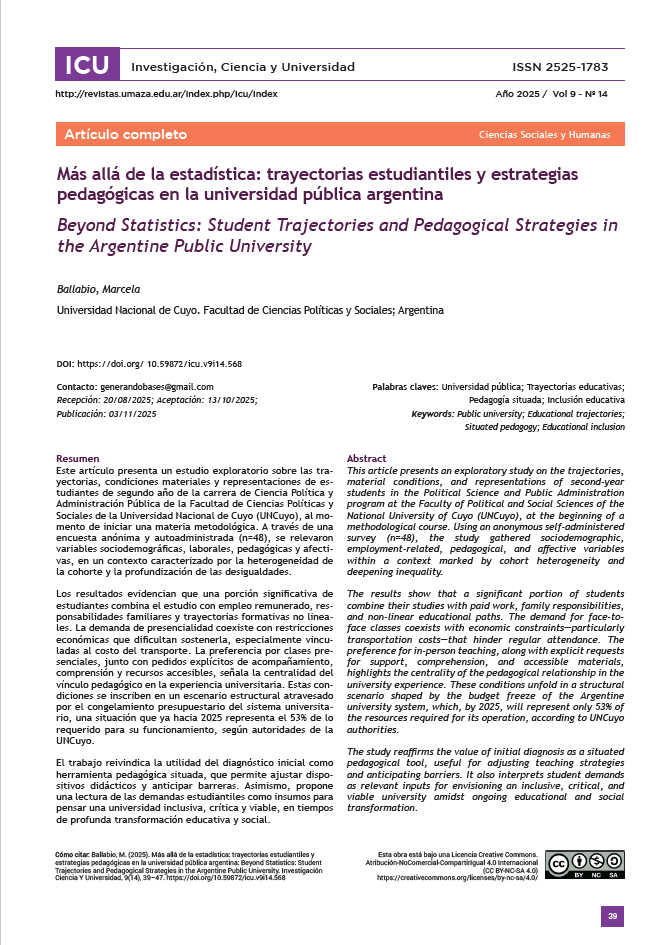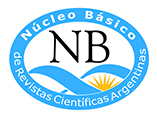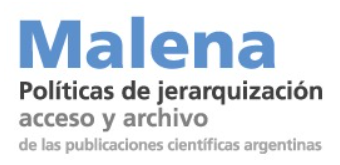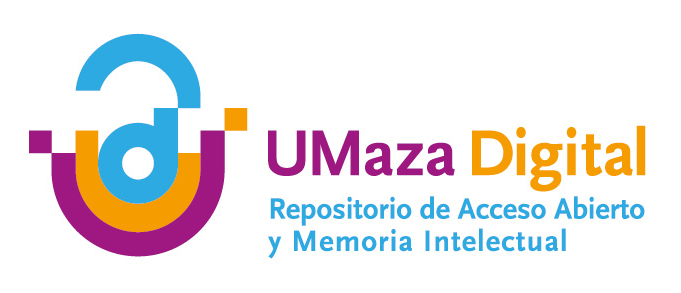Beyond statistics, when learning is harder than studying
A situated reading of student trajectories and pedagogical strategies amid a budget freeze
DOI:
https://doi.org/10.59872/icu.v9i14.568Keywords:
Educational trajectories, Situated pedagogy, Public university, Educational inclusionAbstract
This article presents an exploratory study on the trajectories, material conditions, and representations of second-year students in the Political Science and Public Administration program at the Faculty of Political and Social Sciences of the National University of Cuyo (UNCuyo), at the beginning of a methodological course. Using an anonymous self-administered survey (n=48), the study gathered sociodemographic, employment-related, pedagogical, and affective variables within a context marked by cohort heterogeneity and deepening inequality.
The results show that a significant portion of students combine their studies with paid work, family responsibilities, and non-linear educational paths. The demand for face-to-face classes coexists with economic constraints—particularly transportation costs—that hinder regular attendance. The preference for in-person teaching, along with explicit requests for support, comprehension, and accessible materials, highlights the centrality of the pedagogical relationship in the university experience. These conditions unfold in a structural scenario shaped by the budget freeze of the Argentine university system, which, by 2025, will represent only 53% of the resources required for its operation, according to UNCuyo authorities.
The study reaffirms the value of initial diagnosis as a situated pedagogical tool, useful for adjusting teaching strategies and anticipating barriers. It also interprets student demands as relevant inputs for envisioning an inclusive, critical, and viable university amidst ongoing educational and social transformation.
Downloads

Downloads
Published
How to Cite
Issue
Section
Categories
License
Copyright (c) 2025 Marcela Ballabio

This work is licensed under a Creative Commons Attribution-NonCommercial-ShareAlike 4.0 International License.





















